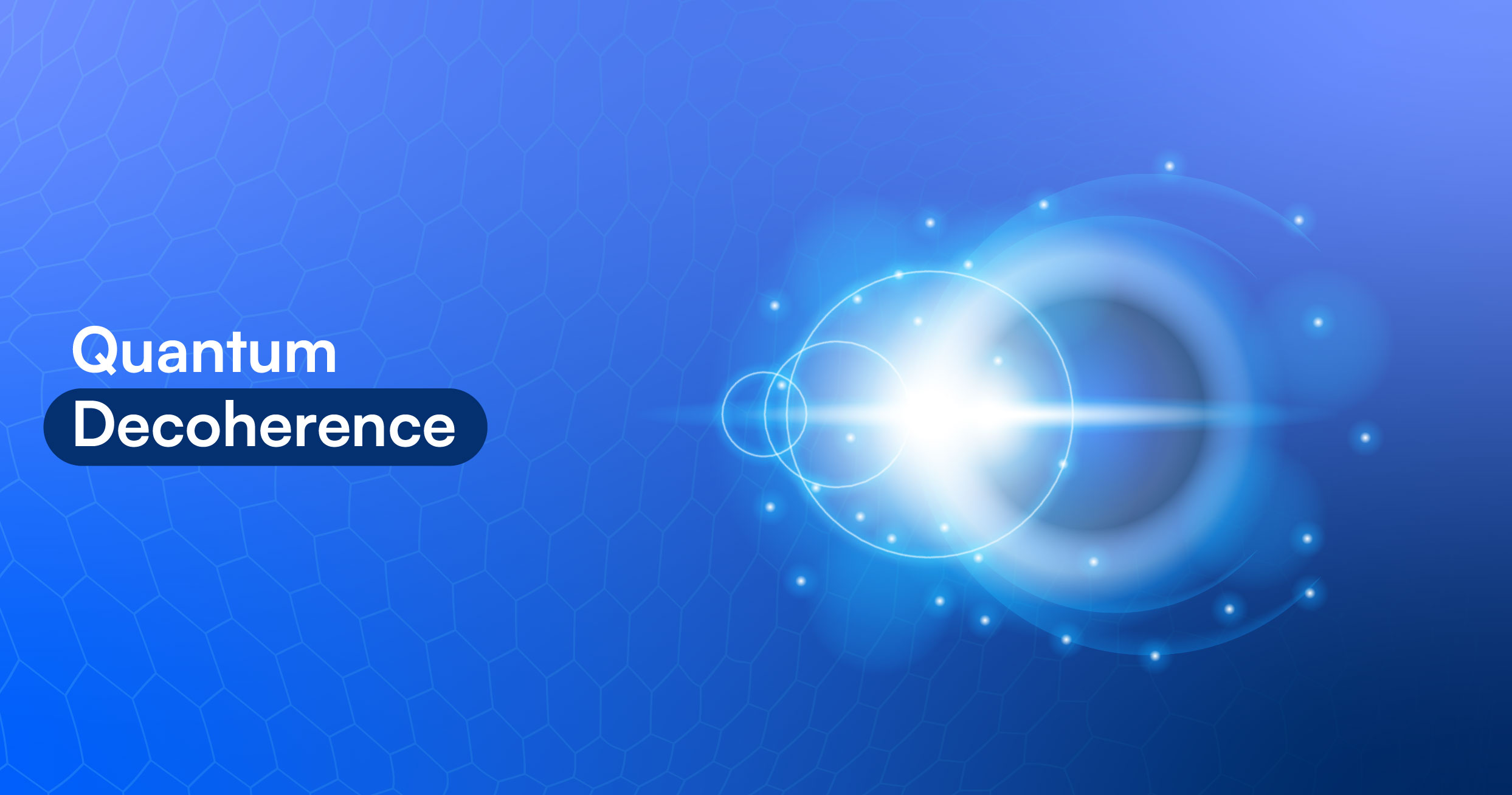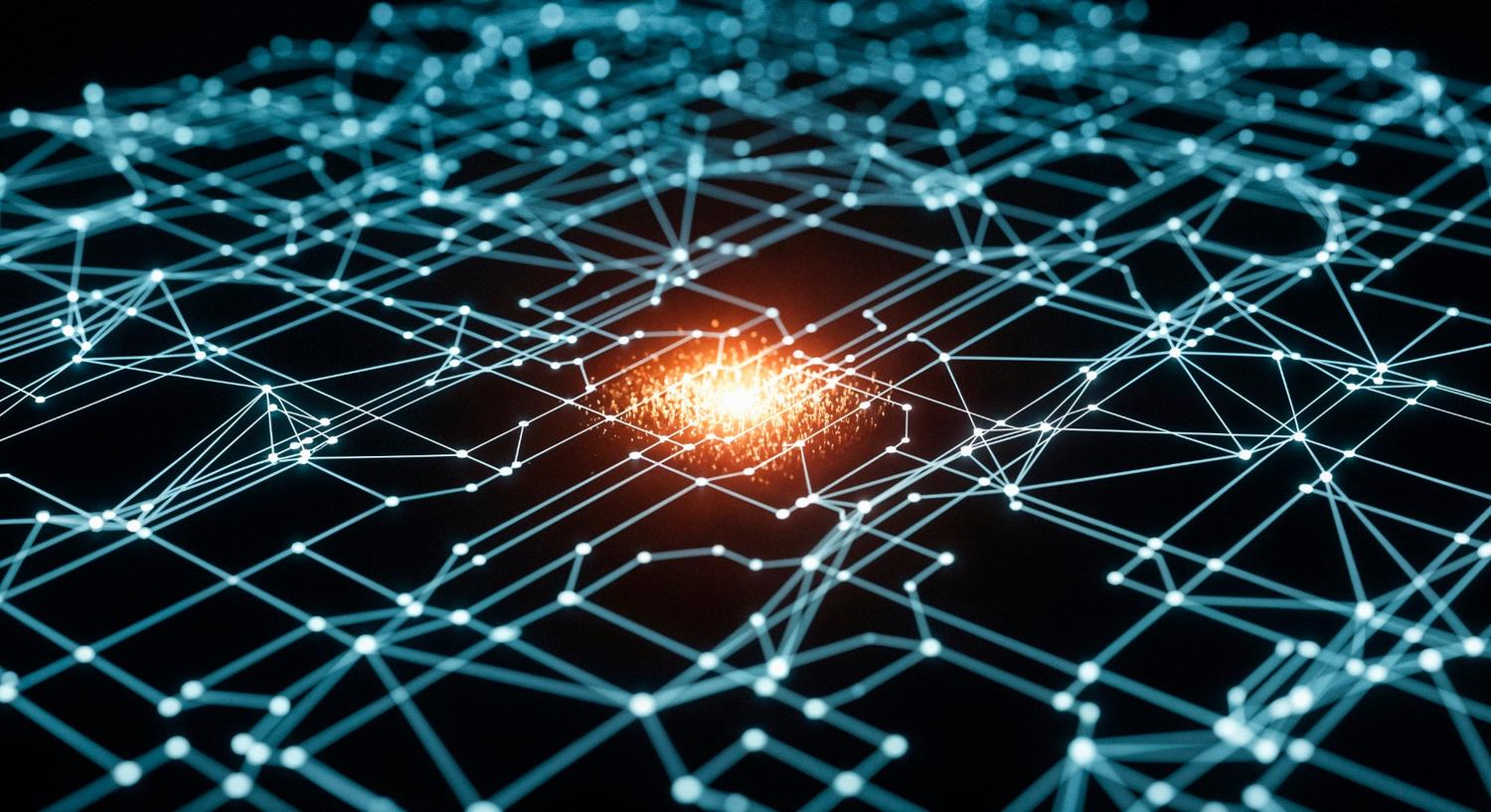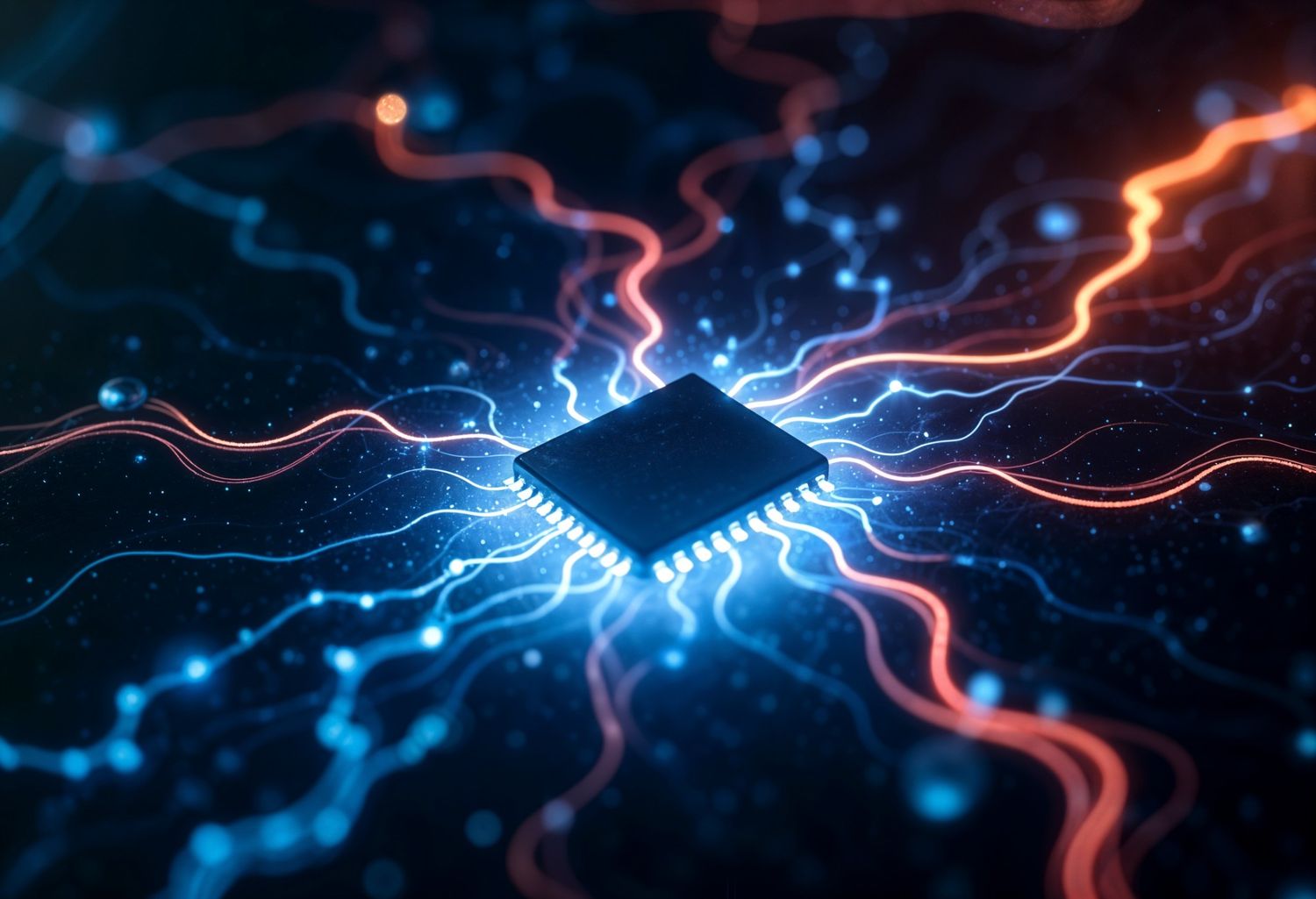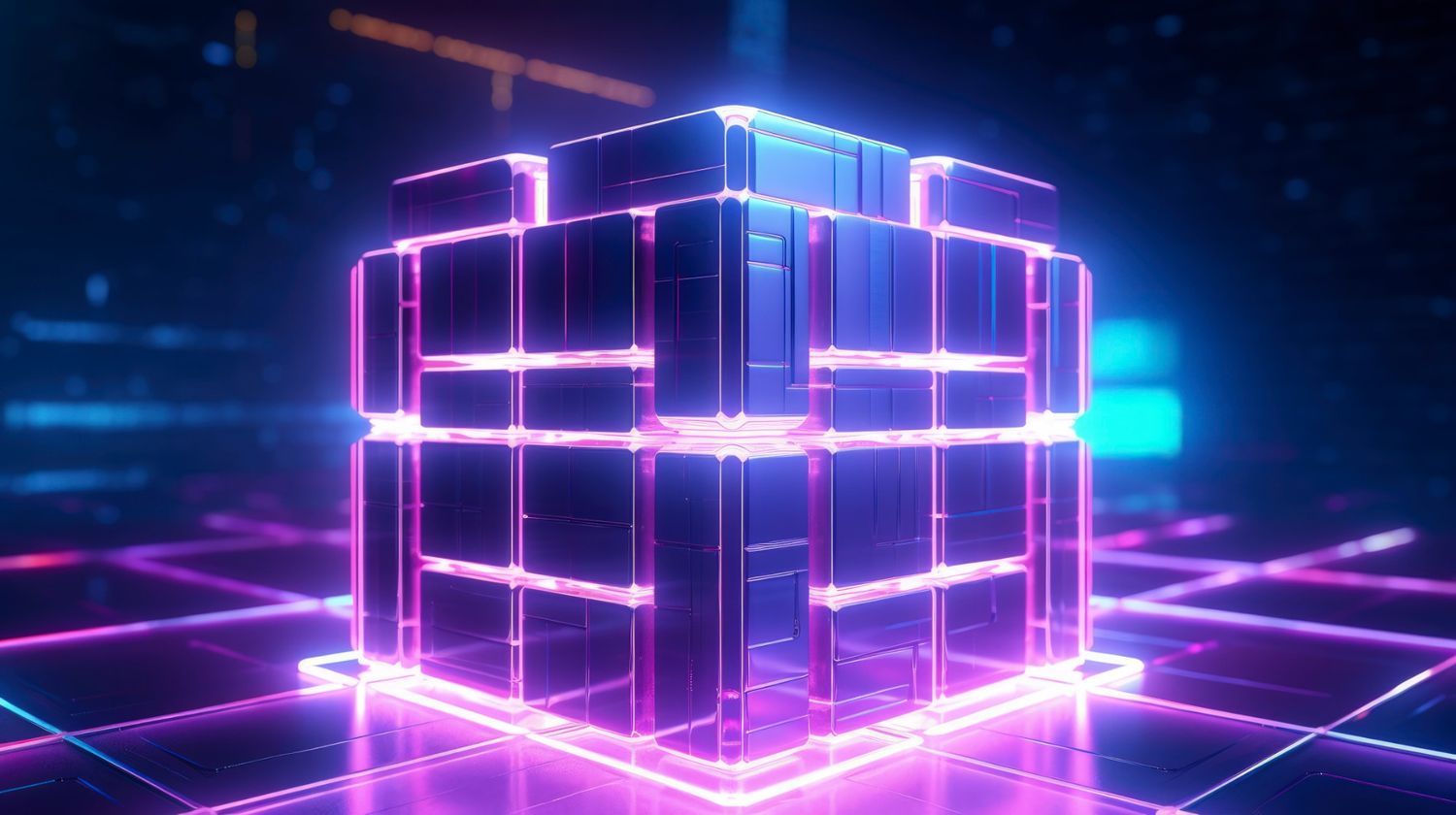Quantum Decoherence: The Barrier to Quantum Computing

Every breakthrough in quantum computing brings us closer to a technological revolution. But one obstacle still stands in the way: quantum decoherence, a phenomenon that destroys quantum states before they can be used for meaningful computation. As researchers and engineers come up with ways to stabilize qubits and preserve coherence, efforts to solve the issue of decoherence have become central to the future of quantum technology. This article talks about the quantum decoherence definition, why decoherence matters, what causes it, and how leading institutions are working to overcome it.
What Is Quantum Decoherence?

Quantum decoherence is the process by which a quantum system loses its quantum behavior and begins to act more like a classical system. In simple terms, it’s what happens when a qubit’s fragile superposition state is disrupted by its environment, causing it to “collapse” into a definite state before a measurement is even made.
Unlike classical noise or random errors, decoherence fundamentally destroys the quantum correlations (coherence) between states, which means the qubits can no longer exist in a state that is both 0 and 1 at the same time.
This process is closely tied to quantum measurement. When a qubit interacts with its surroundings (intentionally or not), it becomes entangled with them. This interaction effectively forces the qubit into a specific state, mimicking the effect of a measurement and making the quantum information unusable.

How Decoherence Affects Quantum Computing
Quantum computers rely on two fundamental principles: the law of superposition and entanglement. These allow qubits to represent multiple states simultaneously and interact in complex, interdependent ways that allow for computations far beyond classical systems. For these properties to work effectively, the system must remain coherent, meaning the quantum states are undisturbed by external factors.
When decoherence sets in, these delicate quantum states are disrupted by interactions with the environment. This causes the system to lose its quantum behavior and act more like a classical computer. The result is a loss of computational accuracy, corrupted outputs, or even total failure of the quantum algorithm. That is why the integrity of data and the reliability of quantum calculations depend on maintaining coherence.
Main Causes of Quantum Decoherence
Preserving quantum coherence is a constant battle against environmental and technical interference. Even the slightest disturbance can collapse a qubit’s fragile quantum state.
Interaction With the Environment
Quantum systems are extremely sensitive to their surroundings. Even minimal interactions with external particles—like photons, phonons, or magnetic fields—can disturb the quantum state. These interactions effectively "measure" the system and collapse the wave function, destroying superposition and entanglement. This is one of the most common and unavoidable sources of decoherence in practical quantum computing setups.
Imperfect Isolation
Maintaining perfect isolation of qubits from their environment is virtually impossible. Stray electromagnetic signals, thermal noise, and vibrations can all interfere with quantum systems. The better the isolation, the longer the qubits maintain coherence. Achieving it, however, requires costly and advanced shielding techniques. In real-world applications, imperfect isolation often limits how long a quantum computer can perform reliable computations.
Material Defects
Material imperfections at the microscopic level can create localized charge or magnetic fluctuations that tend to disturb qubit behavior. These imperfections, such as atomic vacancies or grain boundaries, interact with qubits and introduce unpredictable noise. This leads to reduced coherence times and less reliable quantum operations. High-purity materials and improved fabrication techniques can help in minimizing these effects.
Control Signal Noises
Quantum computers rely on precisely timed and shaped pulses to manipulate qubits. Noise in these control signals, be it from electronics or external interference, can distort these operations and introduce unwanted transitions. This not only causes immediate errors but also accelerates decoherence over time. Maintaining signal fidelity requires advanced calibration and filtering systems.
Effects of Quantum Decoherence
Quantum decoherence directly hinders how far quantum computers can go in solving meaningful problems. It cuts circuit depth short and creates major barriers to scaling systems beyond a handful of qubits.
Limited Quantum Circuit Depth
Quantum computing decoherence significantly limits the depth of quantum circuits—that is, the number of operations that can be performed before the system loses its quantum properties. In a coherent system, qubits can maintain superposition and entanglement long enough to carry out sequences of logic gates.
However, decoherence introduces noise and collapses quantum states prematurely, corrupting calculations. This limits the time window during which quantum computations remain accurate. As a result, many algorithms—especially those requiring numerous operations—fail to execute correctly unless error correction is applied. That being said, quantum error correction itself requires additional qubits and operations, creating a trade-off. In practical terms, this means that current quantum computers can only run relatively shallow circuits, which restricts their ability to solve complex, real-world problems.
Difficulties in Scaling Quantum Systems
Scaling quantum systems to accommodate more qubits is one of the main challenges in the field, and quantum decoherence is a key reason why. As the number of qubits increases, the system becomes more vulnerable to environmental noise, crosstalk, and thermal fluctuations. Each additional qubit introduces more points of potential failure, and preserving coherence across all of them becomes exponentially harder. This makes it extremely difficult to build fault-tolerant quantum computers on a large scale.
Meanwhile, systems with many qubits require increasingly complex control hardware, cooling infrastructure, and isolation mechanisms—all of which must operate without introducing additional noise. Decoherence also affects the entanglement between qubits, which is crucial for most quantum computing algorithms. Without stable coherence, entangled states degrade quickly, reducing the accuracy of computations.

Strategies for Countering Decoherence
Quantum coherence and decoherence are among the main aspects to account for when building reliable quantum computers, but researchers are coming up with several promising strategies to deal with the matter. Each method targets the root causes of decoherence in its own way.
Quantum Error Correction Codes
Quantum error correction codes help mitigate the effects of decoherence by detecting and correcting quantum errors without directly measuring qubit states. These codes work by encoding logical qubits into multiple physical qubits, allowing the system to identify and correct bit-flip, phase-flip, or combined errors. Popular schemes include the Shor code, Steane code, and surface codes.
While QEC can improve reliability, it requires a large number of physical qubits, making quantum operations more complex. Then again, QEC is still one of the most promising tools for extending coherence times and achieving fault-tolerant quantum computing in real-world environments.
Cryogenic Systems and Shielding
Maintaining quantum coherence often requires the operation of qubits at extremely low temperatures using cryogenic systems. These systems cool quantum processors to near absolute zero, reducing thermal noise that can disrupt qubit states. Combined with electromagnetic and vibrational shielding, cryogenics help isolate qubits from environmental interference, which is a major cause of decoherence. Dilution refrigerators are commonly used to achieve these ultra-cold conditions, particularly for superconducting qubits.
Cryogenics can prolong coherence times by a considerable margin, but the approach adds logistical and energy demands. Nonetheless, it is currently the most effective method for stabilizing qubits in commercial and academic quantum computing platforms.
Use of Decoherence-Free Subspaces
Decoherence-free subspaces, an ongoing research area, are another way to protect quantum information against certain types of environmental noise. By encoding qubit states in specific combinations that are immune to collective noise, DFS prevents the environment from distinguishing or altering these states. This approach is especially effective against symmetrical decoherence processes like common-mode phase noise. While implementing DFS requires careful system design and control precision, it allows quantum information to remain stable without the need for constant error correction.
Topological Qubits
Topological qubits use the principles of topology to encode quantum information in a way that’s inherently resistant to decoherence. These qubits store information non-locally using quasiparticles like anyons, which are manipulated through braiding operations. Since the qubit’s state depends on the global topology rather than local properties, topological qubits are naturally immune to many common noise sources. This paves the way for scalable, fault-tolerant quantum computing with lower error rates and minimal need for error correction. However, topological qubits are still largely theoretical and experimental, with practical implementations still in the early stages of development.
Current Initiatives
Extending coherence times is a top priority among many quantum computing companies. In late 2024, IBM introduced Heron R2, a 156-qubit quantum processor with major improvements in quantum coherence as well as gate fidelity and computational efficiency. The company claims that the processor has the capacity to handle problems in areas like chemistry, life sciences, and high-energy physics.
Meanwhile, Quantinuum is developing high-fidelity trapped-ion systems that are known for having long coherence times. Using the H1 hardware, Quantinuum demonstrated a decoherence‑free subspace code that extends quantum memory lifetimes more than 10 times compared to single physical qubits. The company’s H2 system achieved record quantum volume (1,048,576), 99.9% two-qubit gate fidelity, and efficiently implemented topological qubit structures using hardware with enhanced coherence.

BlueQubit’s Role in Studying and Managing Decoherence
BlueQubit provides a practical and accessible quantum computing platform for studying quantum decoherence. By offering simulated quantum environments, the platform allows researchers, educators, and developers to experiment with the way qubits behave under various conditions and observe the effects of decoherence in real time. Users can model quantum systems, test different quantum error correction codes, and simulate noisy environments to better understand how decoherence impacts computation. This hands-on experience allows for developing strategies to manage and mitigate decoherence across diverse quantum architectures.
To Sum Up

Quantum decoherence is one of the biggest challenges in building scalable quantum computers. It limits computation time, introduces errors, and hinders the preservation of delicate quantum states. Yet, scientists and engineers are making progress through continued research, advanced error correction techniques, and innovative qubit designs. Platforms like BlueQubit play a key role in this process by providing the tools needed to model, test, and understand decoherence. As the industry evolves, managing decoherence will be key to reaching the full potential of quantum computing.
Frequently Asked Questions
How does decoherence affect the performance of quantum computers?
Decoherence causes quantum states to lose their delicate superposition and entanglement, which are essential for quantum computing. This leads to errors in calculations and the breakdown of quantum algorithms mid-computation. As a result, quantum systems become unstable and lose their computational advantage over classical systems.
How does decoherence affect quantum computing?
In quantum computing, decoherence introduces noise that disrupts quantum information stored in qubits. It limits how long a quantum system can maintain coherence, directly impacting computation time and reliability. When decoherence occurs, quantum operations can yield incorrect or random results. Solving this issue requires error correction and short execution times.
What is decoherence in quantum computing?
Decoherence in quantum computing refers to the process by which a qubit's quantum state interacts with its environment, causing it to behave more like a classical bit. This transition destroys the superposition and entanglement properties needed for quantum computation. It’s one of the major challenges in building stable and reliable quantum systems.
How does quantum decoherence affect qubits?
Quantum decoherence causes qubits to lose their quantum characteristics, such as superposition and entanglement. This degradation turns qubits into classical bits, making them useless for quantum algorithms. The loss of coherence results in increased error rates and reduced fidelity in computation.






